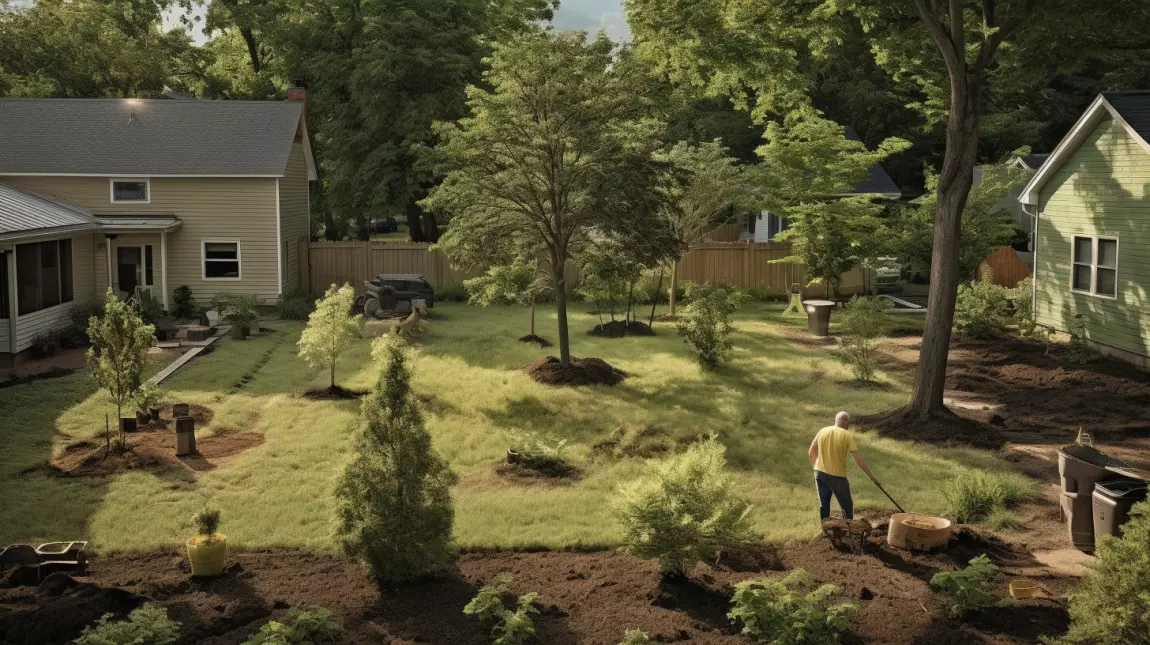With the increasing consciousness on environmental conservation, incorporating sustainable practices in our daily activities has become pivotal. A relatively small act such as tree planting in your backyard is a significant step towards a green and healthier planet. With a little preparation and knowledge, you can adopt suitable measures to plant trees in a sustainable and eco-friendly manner.
Consider Tree Variety
The choice of tree variety you decide to incorporate in your garden plays a major part in sustainable gardening. A perfect mix of local native, fruit-bearing, and evergreen trees enhance biodiversity and provide an array of utilities. Choosing trees like the thuja green giant, which are resistant to disease and pests, not only lends a majestic look to your garden but also help reduce the usage of chemical pesticides, promoting a healthier environment.
Planting the Right Way
Tree planting is not simply about putting saplings in the ground. How and when you plant may drastically affect the survival and growth of the tree. The ideal time to plant most trees is in the fall or spring when the weather conditions are moderate. Dig a hole as deep as the root ball and twice as wide, place the tree in, and cover with soil. Add a two-inch layer of mulch around the tree but keep it away from the trunk. The mulch aids in holding onto moisture and suppressing weed growth.
Prioritize Water Conservation
A key aspect of sustainable gardening is to conserve water. While trees do need consistent watering, especially when young, overwatering can not only lead to root and stem diseases but also waste a precious resource. Therefore, it is necessary to adopt strategies and employ tools for effective water management, like drip irrigation systems and rainwater collecting barrels. Moreover, mulching prevents the moisture from evaporating quickly, thus reducing the need for frequent watering.
Feeding your trees with organic compost is an effective way of providing necessary nutrients without causing harm to the environment. Compost enriches the soil, improves its water-holding capacity, and promotes a healthier root system. Avoid chemically synthesized fertilizers as they might contaminate the soil and water bodies over time.
Promote Biodiversity
Increasing biodiversity is an essential element of sustainability. When you plant a variety of trees and plants in your garden, you can attract a diverse range of insects, birds, and animals. The different species cross-pollinate, pest numbers are naturally controlled, and the ecosystem becomes balanced.
Maintain Regularly
Regular maintenance, including proper pruning and removing dead wood, plays a significant role in keeping the trees healthy. It also helps in the early identification of potential diseases or infestations, enabling you to take corrective actions promptly.
Consider Future Growth
When planting a tree, one must consider not just the current size, but the potential size the tree could reach in its maturity. Planting a tree too close to property lines, buildings, or power lines may result in future problems. Ensure there's ample space for the tree to grow without interferences.
Planting trees sustainably in your garden is about much more than the just aesthetics. It involves thoughtful planning, selection of suitable tree varieties, concerns about efficient water usage, and organic nourishment of trees. It encompasses the principles of conservation and environmental protection. However, the reward is truly worthwhile - a vibrant, flourishing garden teeming with life, contributing positively to Mother Nature’s wellbeing. Be it the mighty thuja green giant standing proud or a fruit tree inviting birds, each tree brings you one step closer to your sustainable garden. With these top tips, get ready to embrace a green and sustainable contribution to the environment
